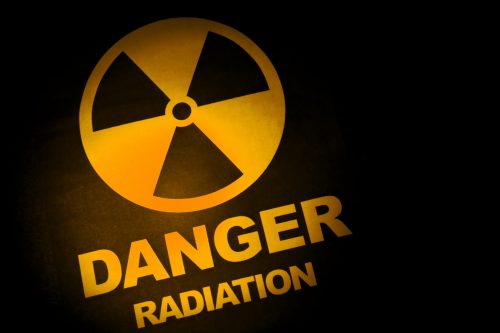Speaking of radiation, here’s another tidbit. Duplicate radiographic studies are a continuing issue for trauma professionals, particularly after transfer from a smaller hospital to a trauma center. The incidence has been estimated anywhere from 25% to 60% of patients. A lot has been written about the radiation dangers, but what about cost?

A Level II trauma center reviewed their experience with duplicate studies in orthopedic transfer patients retrospectively over a one year period. They looked at the usual demographics, but also included payor, cost information, and reason for repeat imaging. Radiation dose information was also collected.
Here are the factoids:
- 513 patients were accepted from 36 referring hospitals
- 48% had at least one study repeated, 256 CT scans and 161 conventional imaging studies
- Older patients and patients with low GCS were much more likely to receive repeat studies
- There were no association with the size of the referring hospital or the ability of the patient to pay
- Most transfers had commercial insurance; only 11% had Medicaid and 17% were uninsured
- Additional radiation from repeat scans was 8 mSv. The average radiation dose from both hospitals was 38 mSv. This is 13 years of background radiation exposure!
- The cost of all the repeat studies was over $96,000
Bottom line: This is an eye-opening study, particularly regarding how often repeat imaging is needed, how much additional radiation is delivered, and now, the cost. And remember that these are orthopedic patients, many of whom had isolated bony injuries. I would expect that patients with multiple and multi-system injuries would require more repeat imaging and waste even more money. It is imperative that all centers that receive transfers look at adopting some kind of electronic data transfer for imaging, be it a VPN or some cloud-based service. With the implementation of the Orange Book by the American College of Surgeons, Level I and II centers will receive a deficiency if they do not have some reliable mechanism for this.
“Level I and II facilities must have a mechanism in place to view radiographic imaging from referring hospitals within their catchment area (CD 11–42).”
Reference: Clinical and Economic Impact of Duplicated Radiographic Studies in Trauma Patients Transferred to a Regional Trauma Center. J Ortho Trauma 29(7):e214-e218, 2015.

